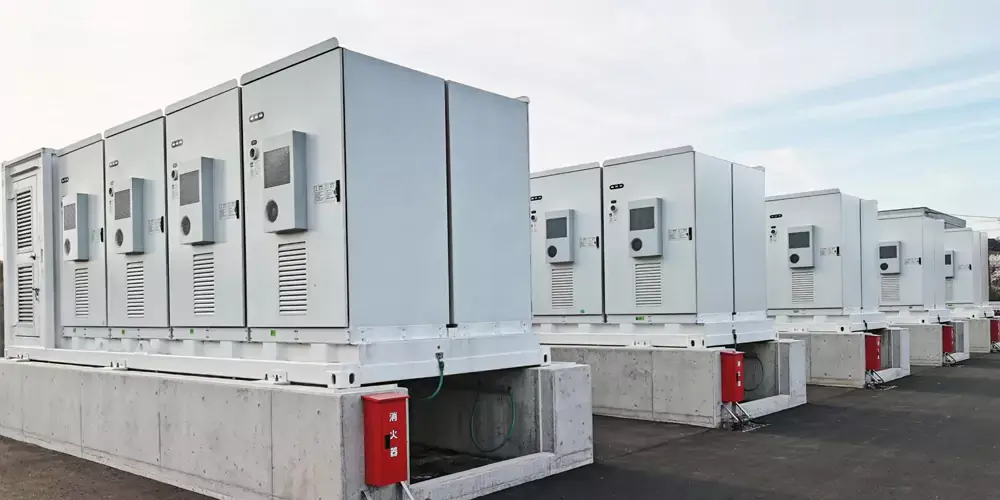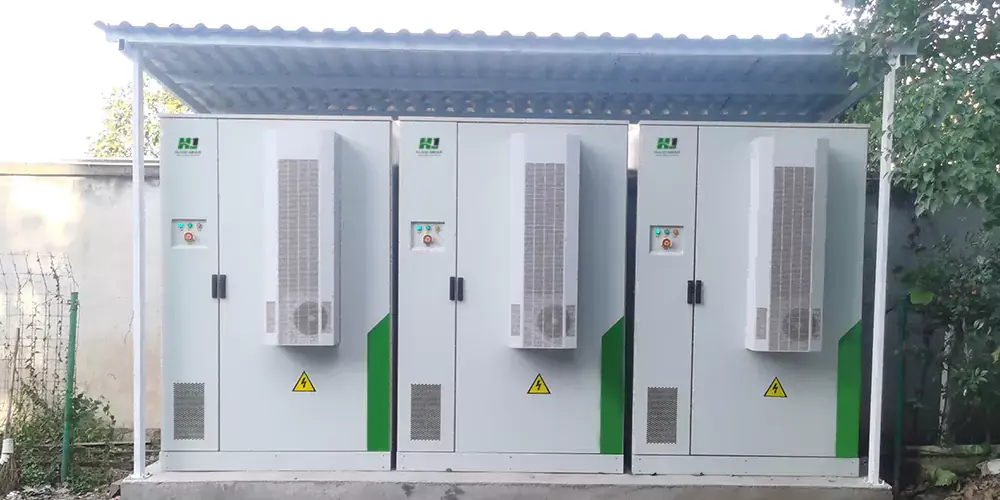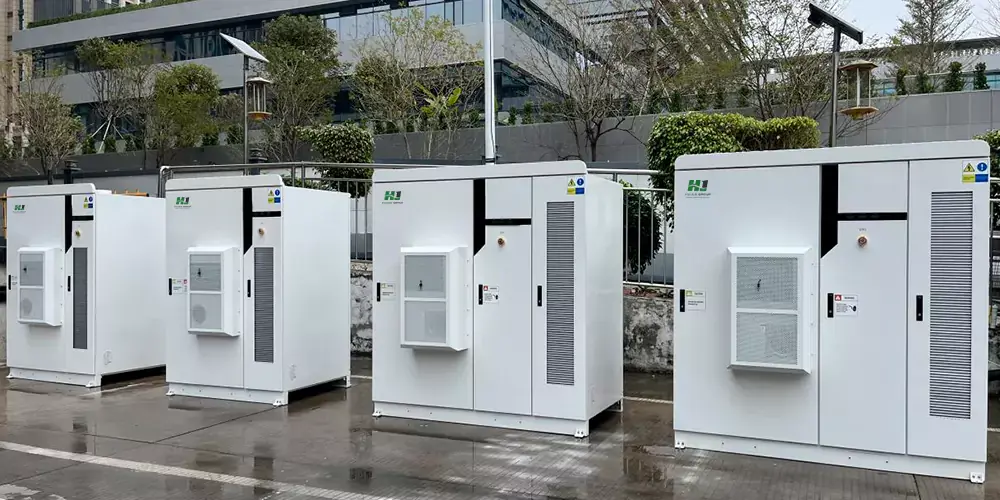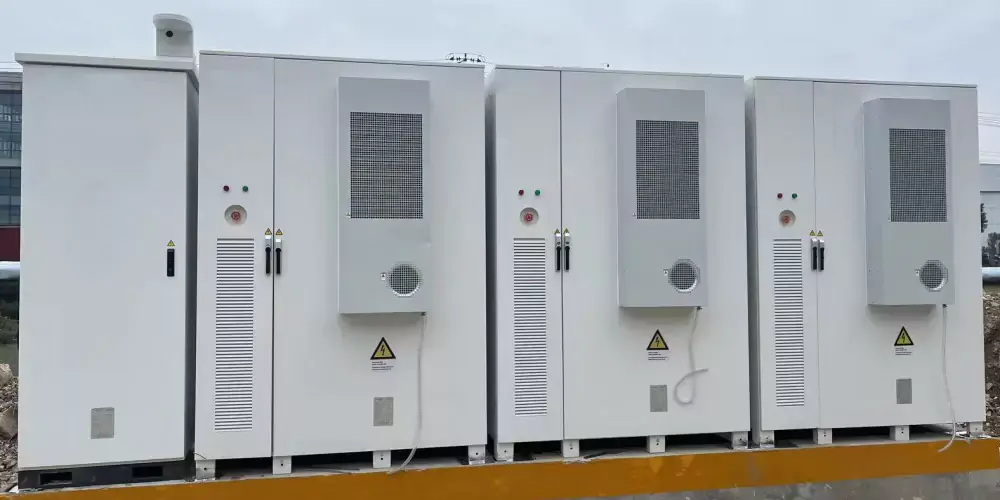The Essential Guide to Lithium Battery Containers
In the realm of modern energy storage, lithium batteries stand out for their efficiency, longevity, and performance. Whether powering electric vehicles, renewable energy systems, or portable electronics, these batteries are ubiquitous in our daily lives. However, to ensure their safety, performance, and longevity, it is crucial to store them properly. This is where lithium battery containers come into play. This article explores the importance of lithium battery storage box, their types, and best practices for their use.
The Importance of Lithium Battery Containers
Lithium batteries are known for their high energy density and relatively lightweight compared to other types of batteries. However, they also come with specific safety concerns. Lithium batteries can pose risks such as thermal runaway, which can lead to fires or explosions if not managed properly. Lithium battery storage box are designed to address these risks by providing a controlled environment that mitigates potential hazards.
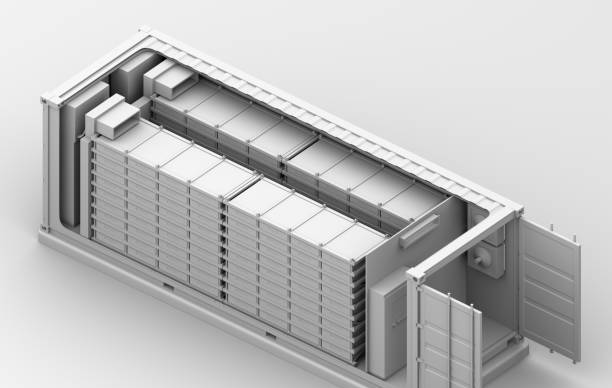
From an environmental protection perspective, this solution holds considerable significance. Solar energy is a clean and renewable energy source. Utilizing it can reduce reliance on traditional fossil fuels, thereby lowering greenhouse gas emissions and making a positive contribution to addressing global climate change. Moreover, compared to traditional energy production methods, solar power generation generates almost no noise or pollution.
In practical applications, shipping containers with solar panels are highly flexible and mobile. They can be easily transported to the required locations and put into use promptly. For instance, in disaster relief scenarios, these containers can be rapidly deployed as emergency command centers or shelters, providing crucial power support. On construction sites, they can serve as temporary offices and worker dormitories, meeting basic power demands.
Types of Lithium Battery Containers
Lithium battery containers come in various types, each designed to meet specific needs and applications. The choice of container depends on factors such as battery size, intended use, and regulatory requirements.
Fireproof Containers
Fireproof containers are specifically designed to contain fires and prevent them from spreading. These containers are often made from high-temperature-resistant materials and include features such as thermal insulation and venting systems to manage the heat and gases generated during a fire.
Transport Containers
Transport containers are used for shipping lithium batteries, whether in bulk or as individual units. These containers comply with international shipping regulations, such as those set by the International Air Transport Association (IATA) and the Department of Transportation (DOT). They are often equipped with cushioning materials to protect the batteries during transit and include markings to indicate their hazardous nature.
Storage Cabinets
Storage cabinets are designed for the long-term storage of lithium batteries in various settings, including warehouses, laboratories, and industrial facilities. These cabinets often feature climate control systems to maintain optimal storage conditions and may include fire suppression systems for added safety.
Charging Stations
Charging stations for lithium batteries are equipped with safety features to handle the charging process safely. These containers often include ventilation systems to manage heat and gases released during charging and may feature automatic shutoff mechanisms to prevent overcharging.
Best Practices for Using Lithium Battery Containers
To maximize the benefits of lithium battery storage box and ensure safe and effective storage, it’s essential to follow best practices.
Select the Right Container
Choosing the appropriate container for your lithium batteries is crucial. Consider factors such as the size and type of battery, the environment in which it will be stored, and regulatory requirements. Ensure that the container meets safety standards and is suitable for the specific application.
Maintain Proper Storage Conditions
Lithium batteries should be stored in a controlled environment to prevent degradation. Ensure that the container maintains optimal temperature and humidity levels, and avoid exposing batteries to extreme conditions. Regularly check the storage environment to ensure it remains within the recommended range.
Follow Safety Guidelines
Always adhere to safety guidelines when handling and storing lithium batteries. This includes wearing appropriate personal protective equipment (PPE), avoiding short circuits, and keeping batteries away from flammable materials. Ensure that all personnel handling batteries are trained in safety procedures.
Regular Inspections
Regularly inspect lithium battery storage box for signs of damage or wear. Check for any signs of leakage, corrosion, or other issues that could compromise safety. Address any issues promptly and replace containers that are no longer in good condition.
Proper Disposal
When lithium batteries reach the end of their life cycle, they must be disposed of properly. Follow local regulations for the disposal of hazardous materials and ensure that batteries are recycled or disposed of in an environmentally responsible manner.
Conclusion
Lithium battery containers play a critical role in ensuring the safety, performance, and longevity of lithium batteries. By selecting the right type of container, maintaining optimal storage conditions, and following best practices, you can mitigate risks and extend the life of your batteries. Whether for transportation, storage, or charging, investing in high-quality lithium battery storage box is essential for managing these powerful energy storage devices safely and effectively.
Contact us
- Email:[email protected]
- Tel: +86 13651638099
- Address: 333 Fengcun Road, Fengxian District, Shanghai
Get A Quote Now!


